New York Times
Evolution explains infanticide among mammals
In the early 1970s, Sarah Blaffer Hrdy, then a graduate student at Harvard, traveled to India to study Hanuman langurs, ...

Food Babe: Calling food “natural” can fool consumers
A litany of class-action lawsuits have been waged against products marketed as "natural" that contain G.M.O.'s — including Goldfish crackers, ...
What brain science has and has not revealed, so far
Research on the brain is surging. The United States and the European Union have launched new programs to better understand ...
Dangers of over-diagnosing a disease
Historically, the science of epidemiology was directed toward identifying and controlling epidemics of infectious disease. In a study just published ...
Mothers’ breast milk transfers important signals to baby
Milk is not just food. The more closely scientists examine it, the more complexity they find. Along with nutrients like ...
Fossil unveils new mammalian lineage
Four years ago, while searching for fish fossils on Madagascar, paleontologists came upon what proved to be a well-preserved cranium ...

Can the genetic techniques that turned corn into a staple transform the homely cassava?
Bill Gates spends a lot of his time probing the minds and work of researchers and analysts trying to solve ...
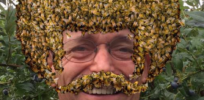
General Mills’ Cascadian Farm launches ‘bee-friendly’ campaign, GMO critics unimpressed
Alarm has grown in recent years over the widespread loss of bee colonies, not just because of the canary-in-the-coal-mine implications ...
Evolutionary incubators turn invasive species into ecological nightmares
Invasive species are both a fact of life and a scientific puzzle. Humans transport animals and plants thousands of miles from ...
Dark history of eugenics spotlightlighted in New York University exhibit
An old stucco house stands atop a grassy hill overlooking the Long Island Sound. Less than a mile down the ...
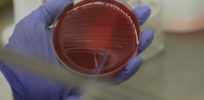
‘Alzheimer’s in a Dish’—human brain cells in gel—opens new avenues for research
For the first time, and to the astonishment of many of their colleagues, researchers created what they call Alzheimer’s in ...
US subsidizes $125 million of organic farming research and conservation
The United States Department of Agriculture plans to announce that it will spend $52 million to support local and regional ...
How a biology professor teaches God and evolution
Every year around this time, with the college year starting, I give my students The Talk. It isn’t, as you ...

New weed fighting herbicide-tolerant GMO trait approved
The Agriculture Department has approved the commercial planting of corn and soybeans genetically engineered to survive being sprayed by the ...
Cutting edge DNA test needed in rape case involving identical twin
The rape suspect, court papers said, was identified by a longtime friend who said they committed the crime together. The ...
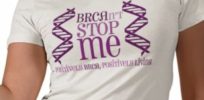
New BRCA findings in Jews not strong enough for universal genetic screening
Once again we are rushing to send a public health message to women to get screened based on limited evidence ...

World not ready for Ebola to develop into an airborne mutation: 1.2 million could die
The Ebola epidemic in West Africa has the potential to alter history as much as any plague has ever done ...

Do strangers who look alike act alike?
When twins have similar personalities, is it mainly because they share so much genetic material or because their physical resemblance ...
How much can we actually tell from a genome scan?
On August 6, researchers announced in The New England Journal of Medicine that they had found that mutations in a ...
Are we puppets of our own gut bacteria?
Your body is home to about 100 trillion bacteria and other microbes, collectively known as your microbiome. Naturalists first became aware ...
3D “jelly doughnut” models brain, may prove vital to future research
A doughnut created in a lab and made of silk on the outside and collagen gel where the jelly ought ...
People missing Alzheimer’s gene provide clue to disease
The 40-year-old man showed up in Dr. Mary Malloy’s clinic with sadly disfiguring symptoms. His hands, elbows, ears and feet ...
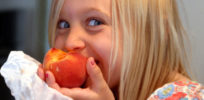
Video: Appetite control and emotion arise from similar brain areas
Relatively few neurons, only thousands, control appetite in a brain region linked to inhibition, fear and emotion according to a ...
When individual has multiple genomes, genetic tests get complicated
When Meriel M. McEntagart, a geneticist at St. George’s University of London, met the family in May 2012, she suspected ...
Feathered dinosaurs may have been more common than previously believed
A new dinosaur species — one with feathers — has been discovered in Russia. The finding could mean that feathers ...
Genetic testing of ‘Sasquatch samples’ just animal fur
Legends of mysterious part-human creatures have circulated for centuries, and those stories persist today in cultures around the world, from ...
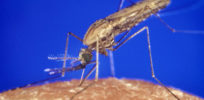
Could we end malaria with GE mosquitoes?
The ability to edit genomes may offer us the ability to build and release mosquitos resistant to malaria, ending the ...
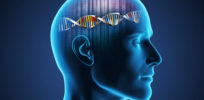
Practice does not make perfect: Expertise requires Innate talent
Scientists have long argued over the relative contributions of practice and native talent to the development of elite performance. This ...

